-
 © Ford Motor Company
© Ford Motor Company -
 © Ford Motor Company
© Ford Motor Company -
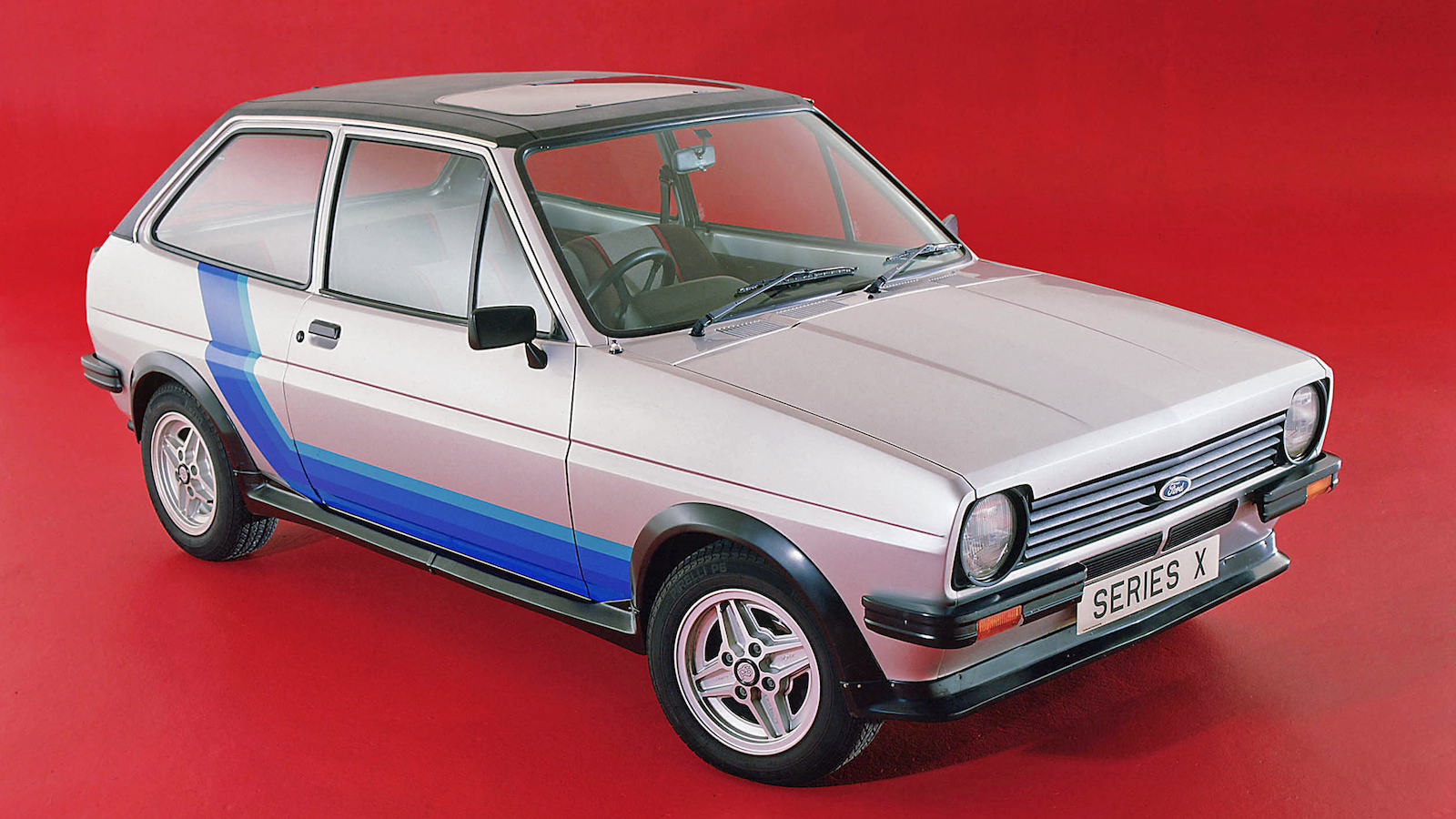 © Ford Motor Company
© Ford Motor Company -
 © Classic Car Auctions
© Classic Car Auctions -
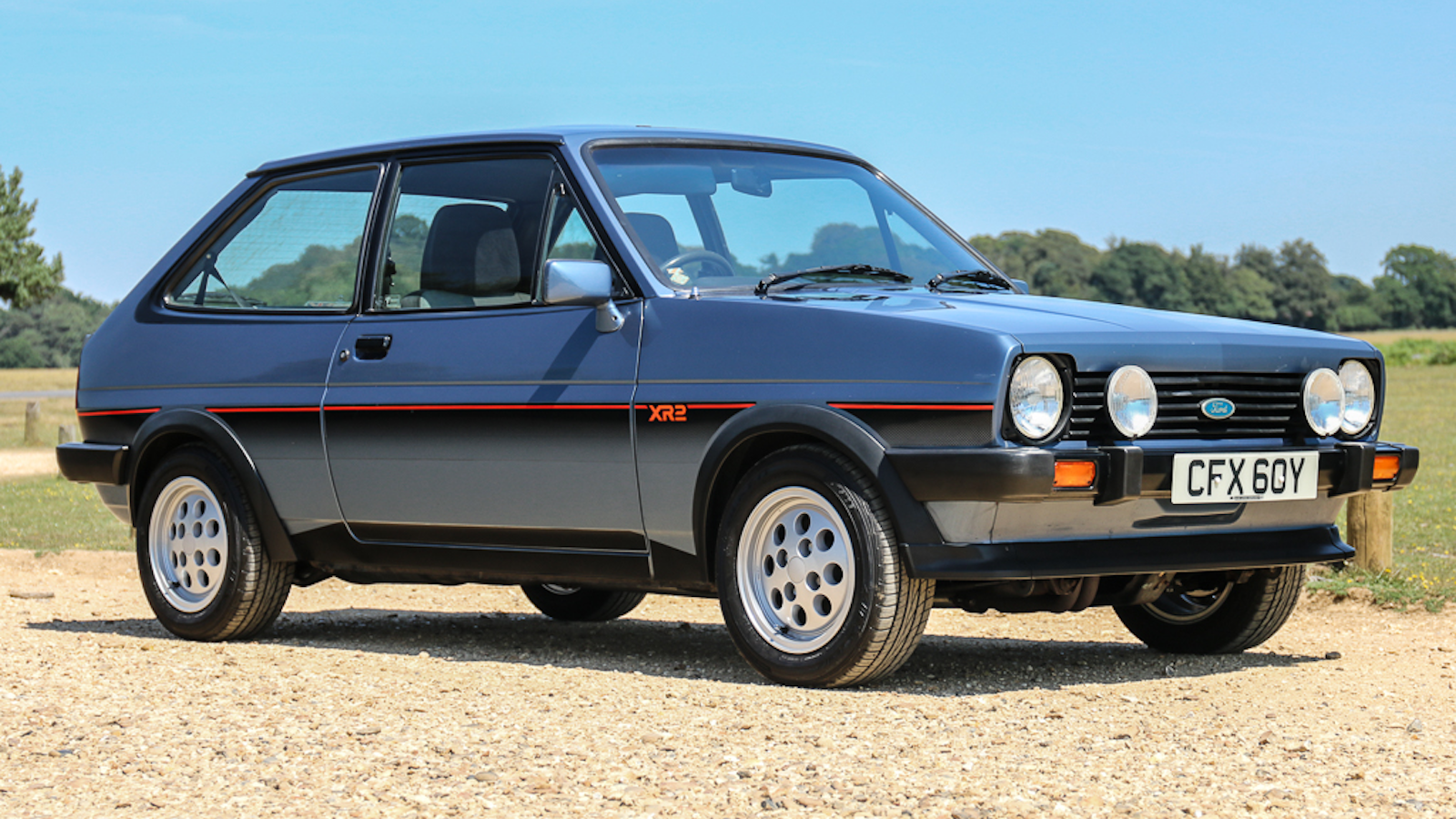 © Classic Car Auctions
© Classic Car Auctions -
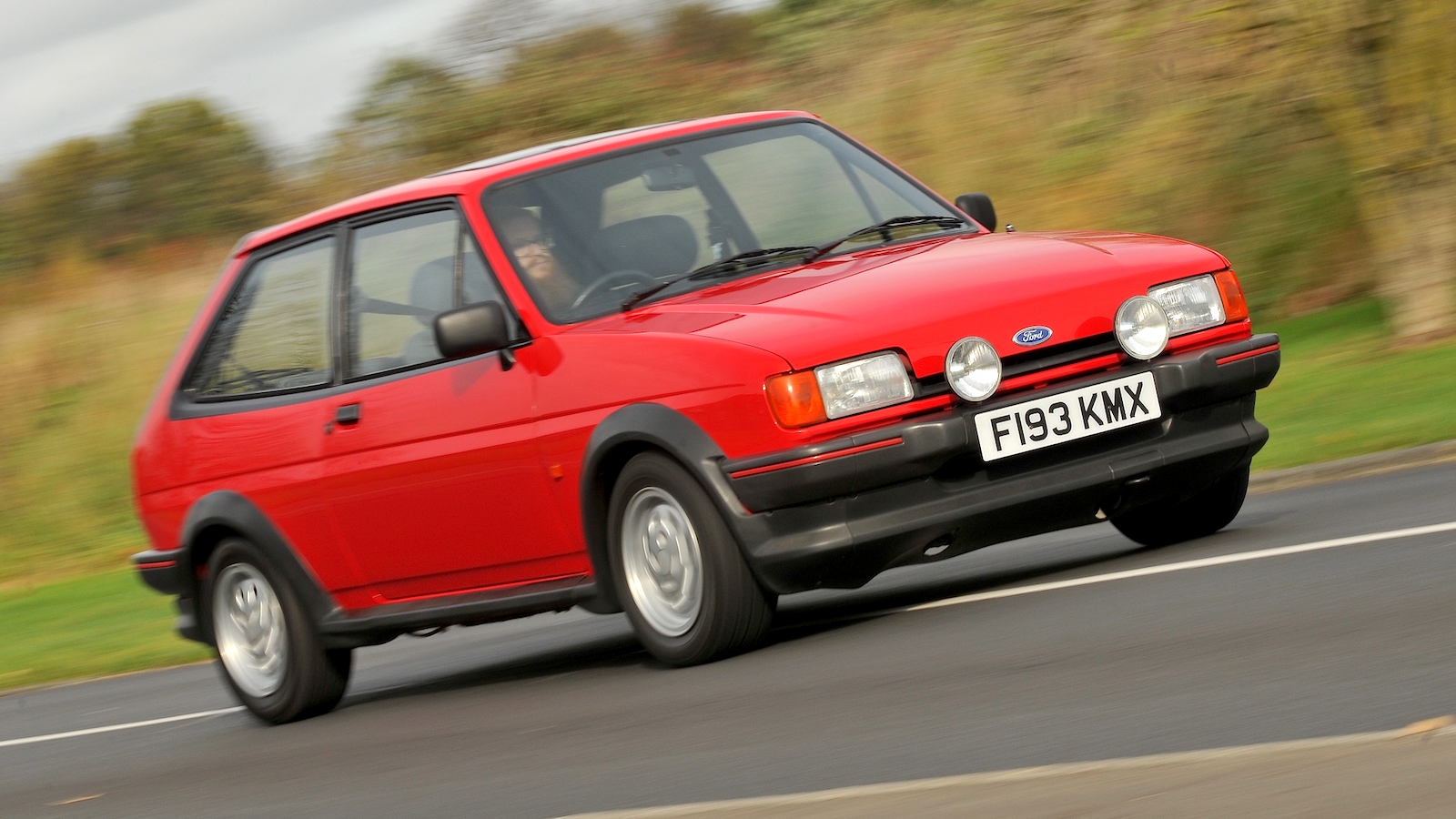 © Haymarket Automotive
© Haymarket Automotive -
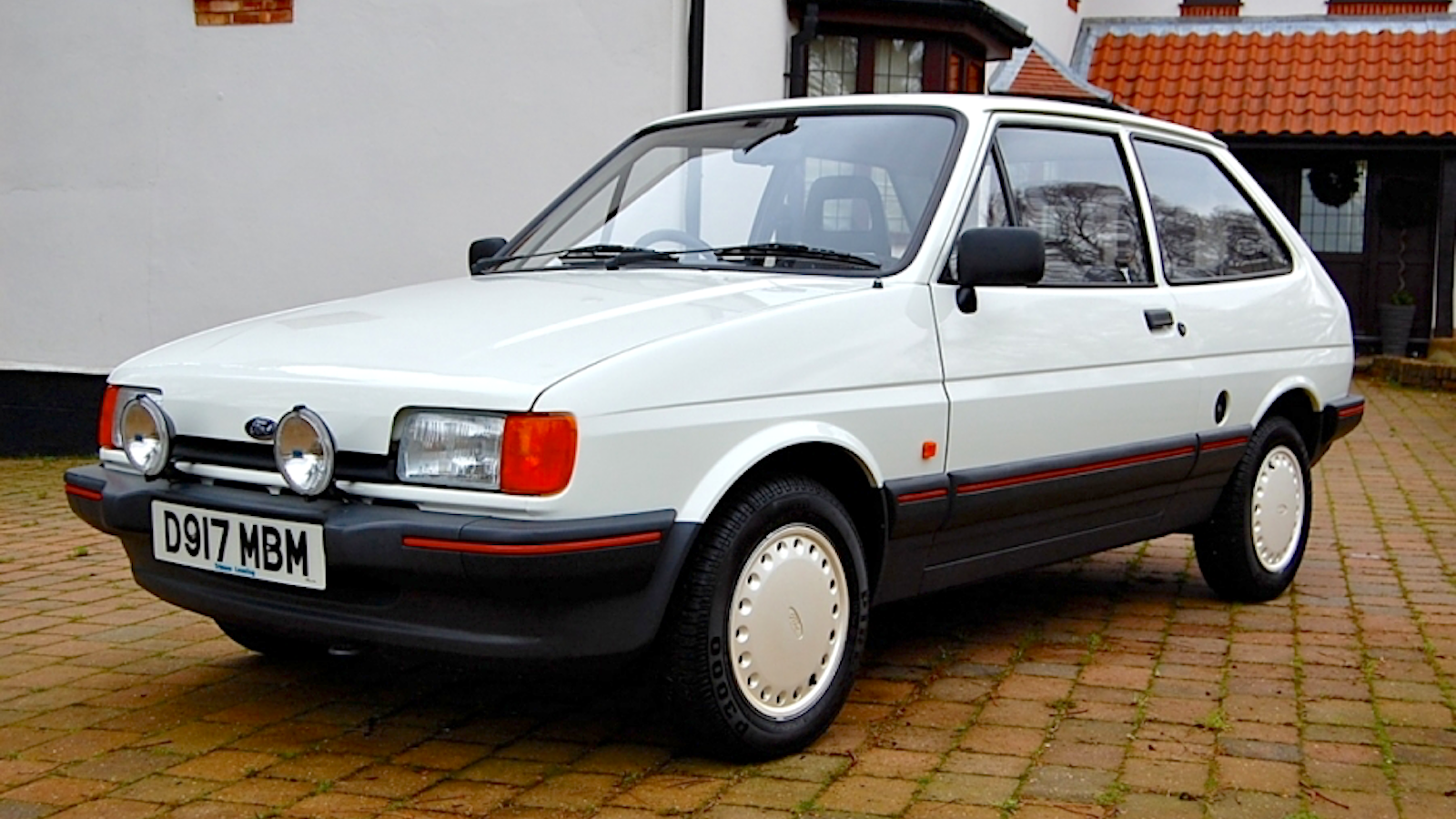 © Classic Car Auctions
© Classic Car Auctions -
 © Ford Motor Company
© Ford Motor Company -
 © Ford Motor Company
© Ford Motor Company -
 © Ford Motor Company
© Ford Motor Company -
 © Ford Motor Company
© Ford Motor Company -
 © Ford Motor Company
© Ford Motor Company -
 © Ford Motor Company
© Ford Motor Company -
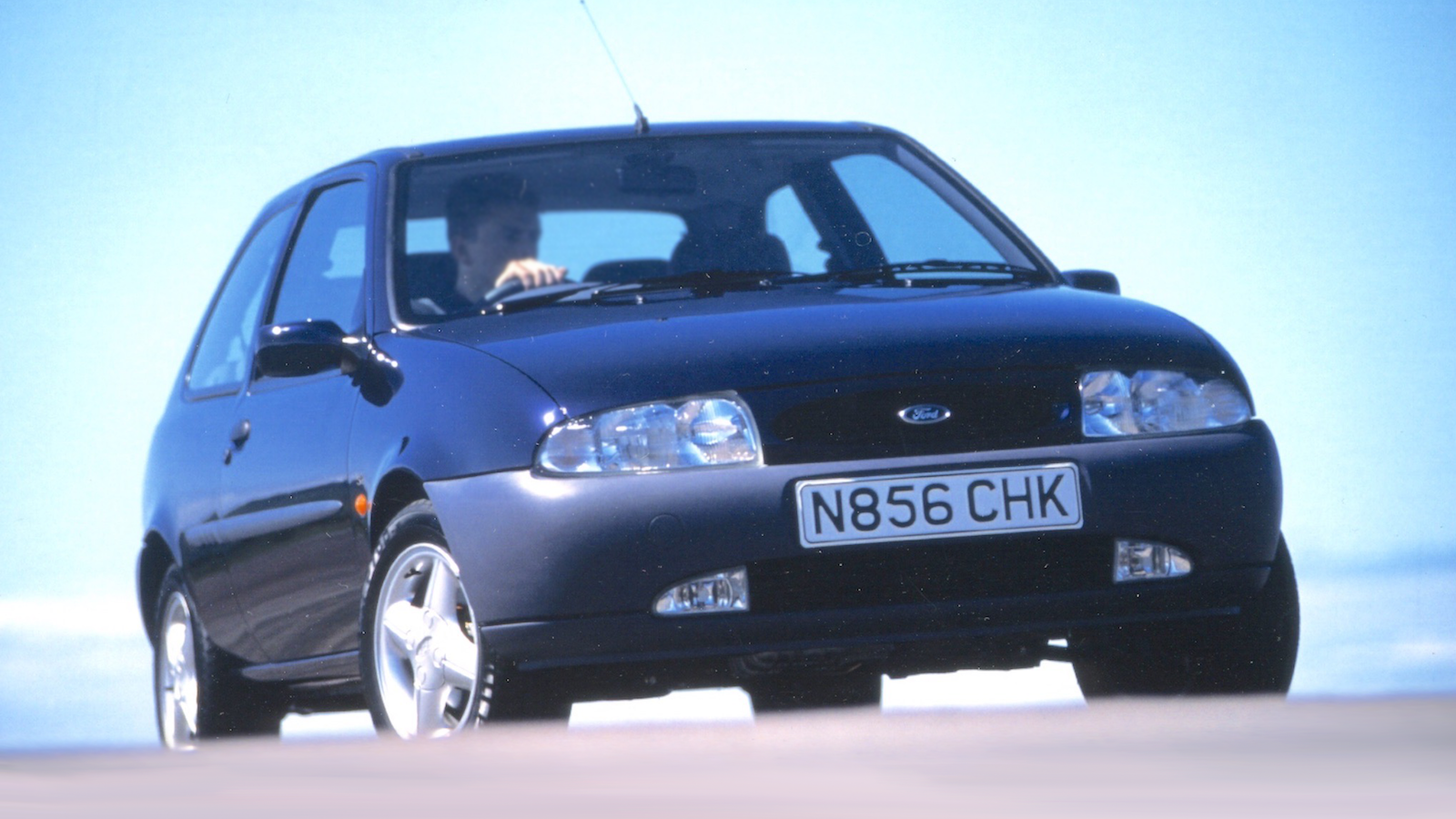 © Ford Motor Company
© Ford Motor Company -
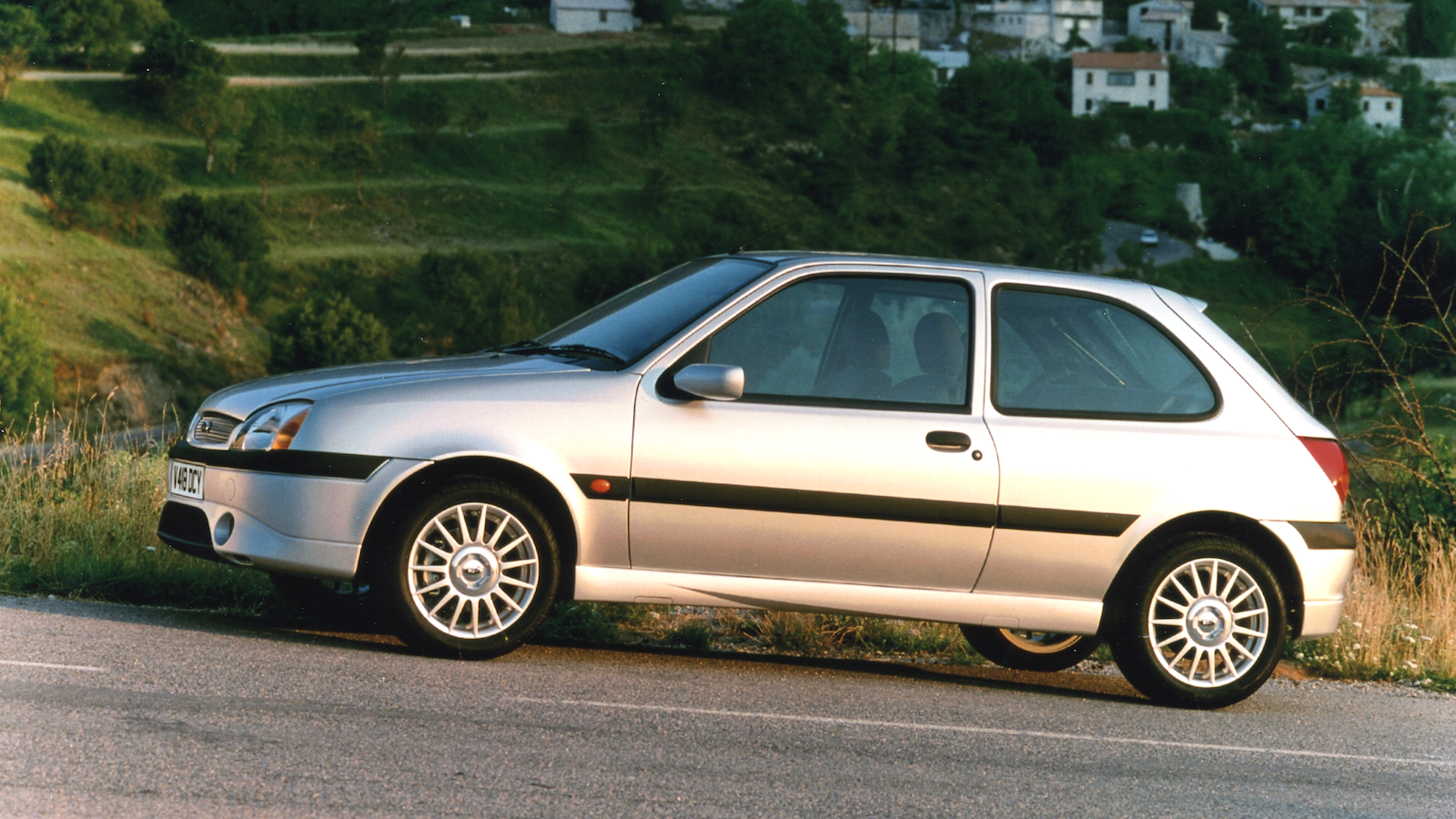 © Ford Motor Company
© Ford Motor Company -
 © Ford Motor Company
© Ford Motor Company -
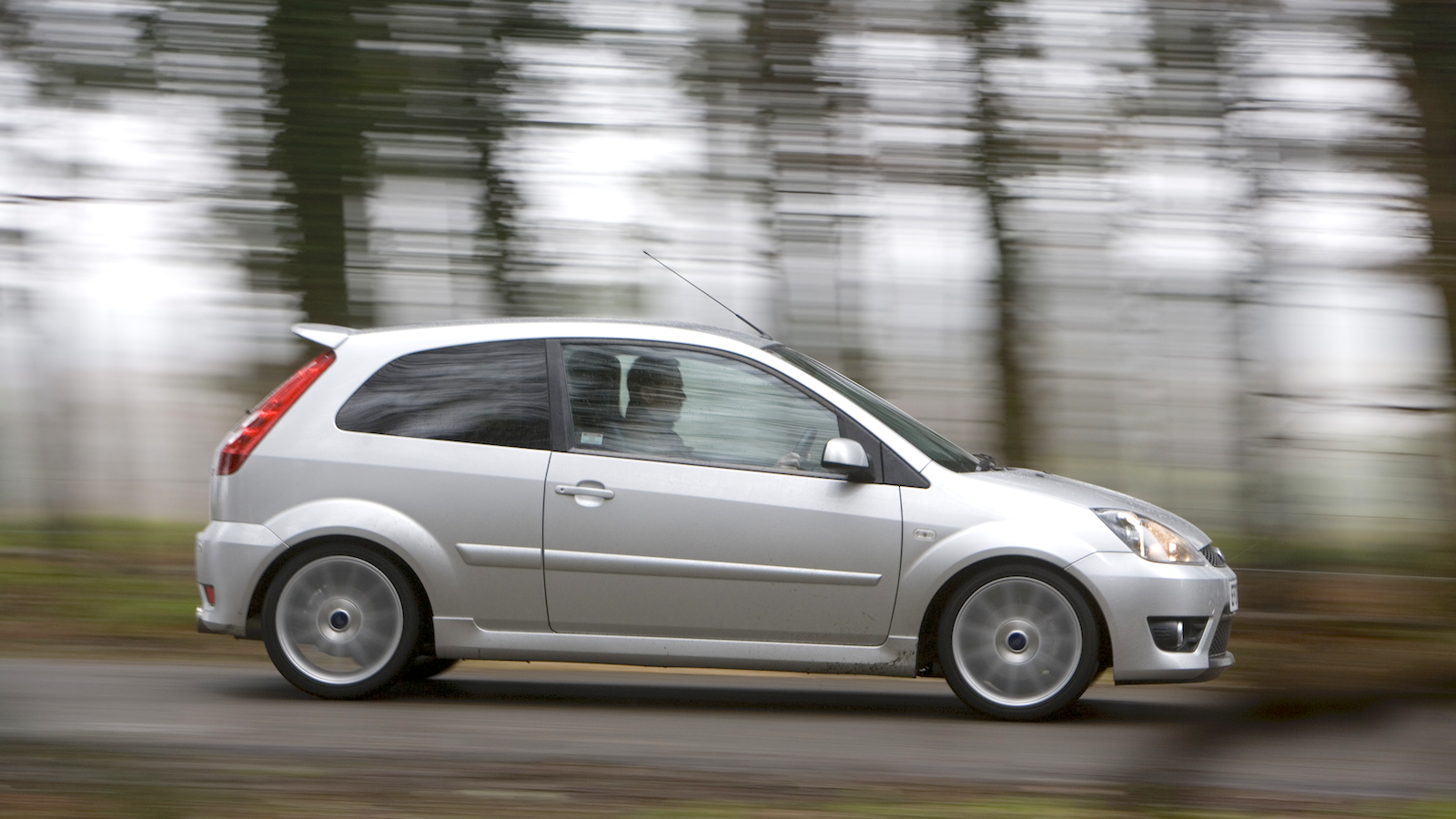 © Haymarket Automotive
© Haymarket Automotive -
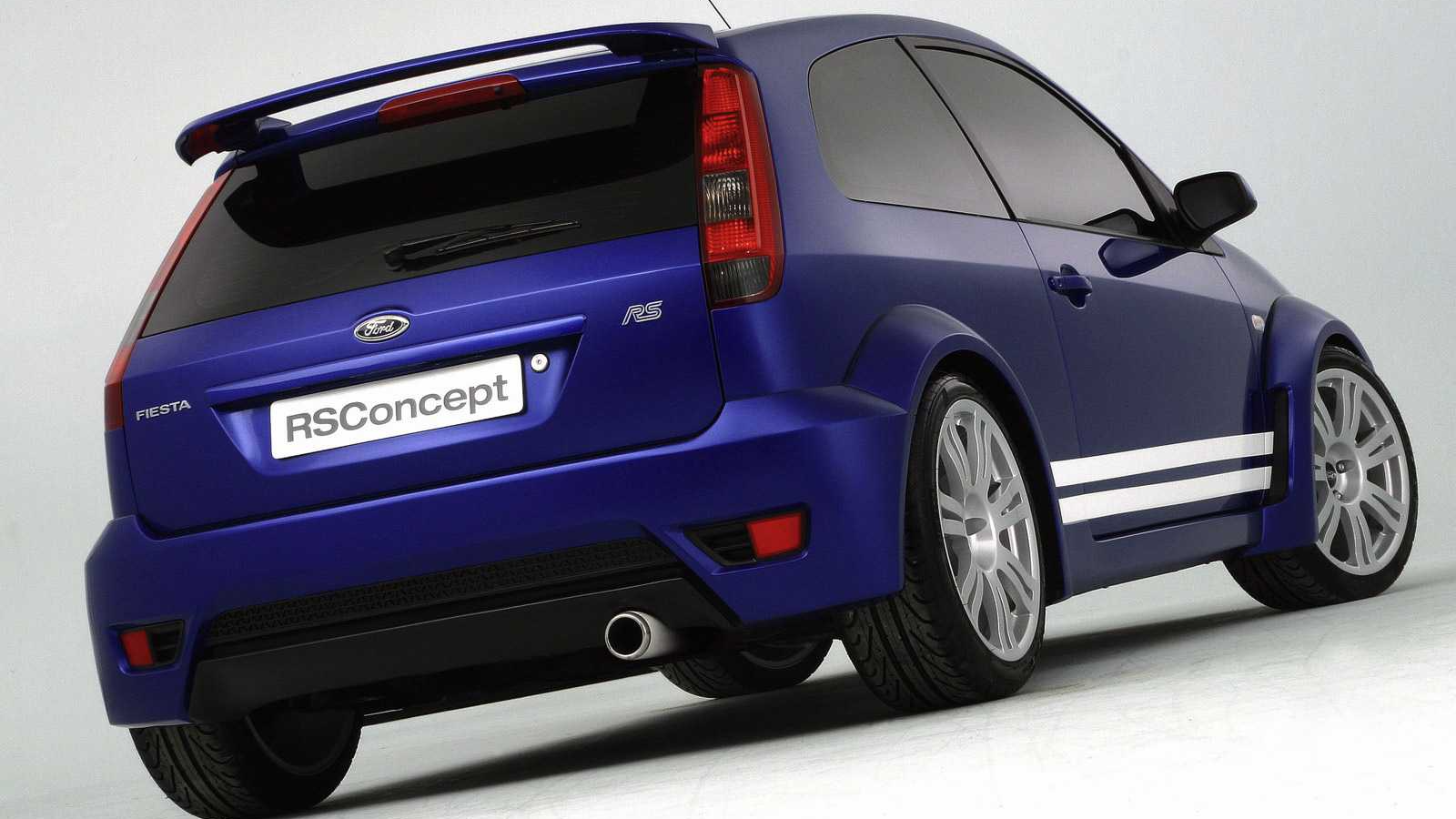 © Ford Motor Company
© Ford Motor Company -
 © Ford Motor Company
© Ford Motor Company -
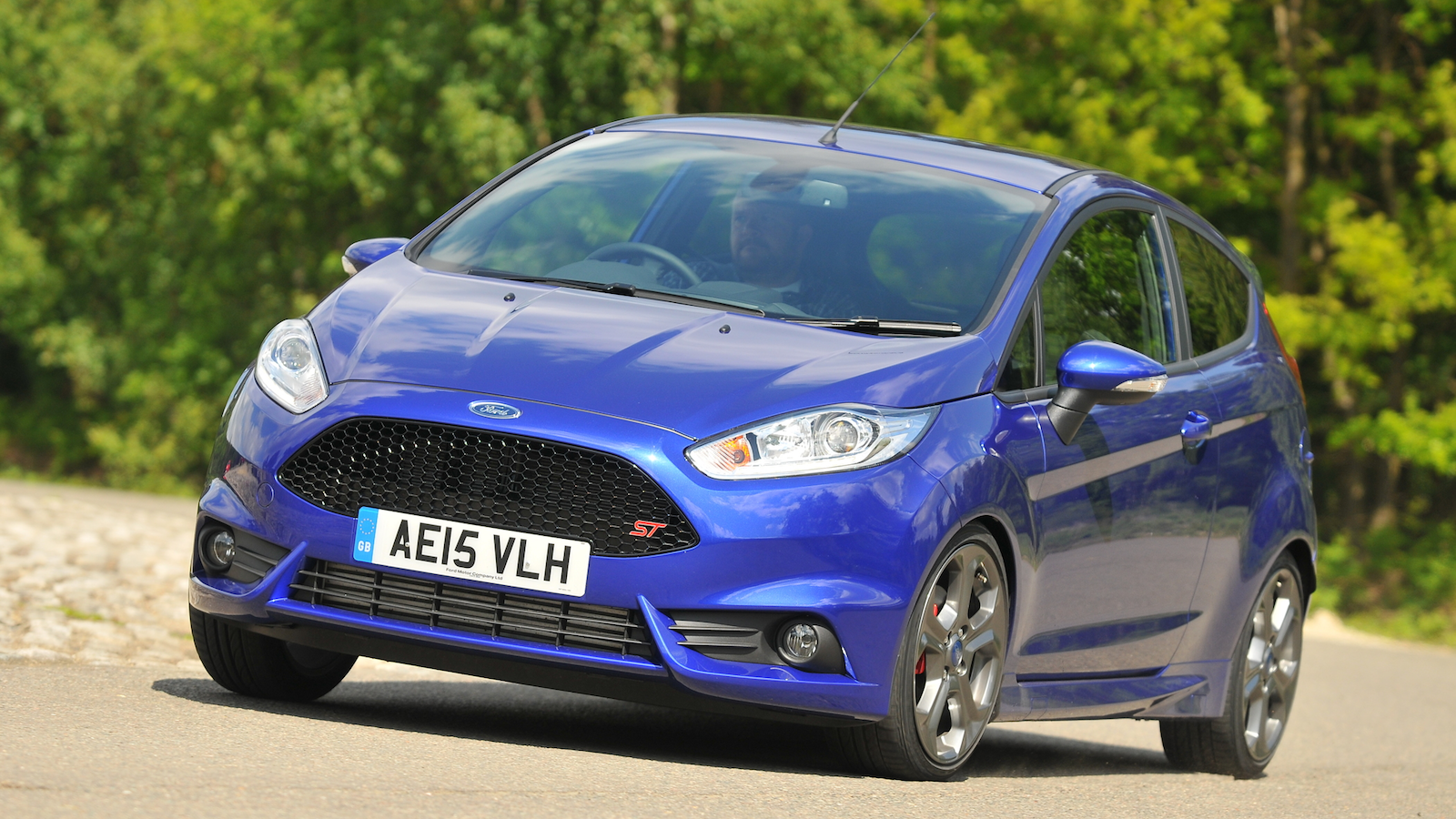 © Haymarket Automotive
© Haymarket Automotive -
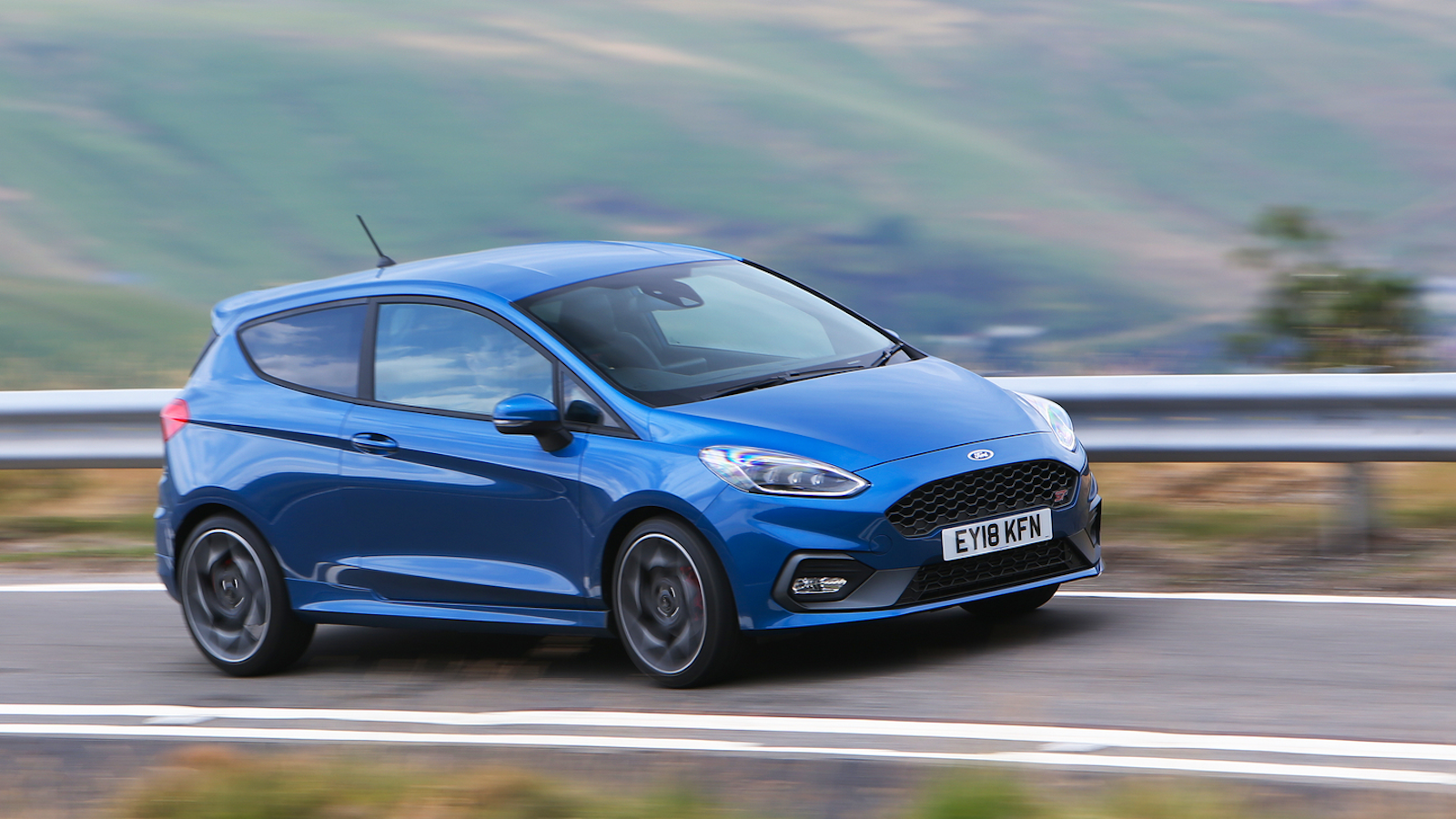 © Haymarket Automotive
© Haymarket Automotive
-
More than four decades of fun
Ford didn’t invent the supermini – in fact the original 1976 Fiesta was one of the last to the party.
But the Fiesta quickly became a fixture on European (and even North American) roads, and on the hot-hatch battleground.
Cars like the XR2 and RS Turbo weren't always top of the class, but they sold by the bucketload, and these days you'll need a bucketload of cash to buy a decent one.
Join us as we chart the highs and lows from over four decades of fast Ford Fiestas.
-
1. 1977 Fiesta 1300S
• Top speed: 97mph • 0-60mph: 13 secs
Ford’s first supermini hit European roads in late 1976. The base engine was a 44bhp 950cc ‘four’ that wheezed its way to 60mph in 19 secs, while performance-minded buyers had to make do with the optional 52bhp 1100cc engine in vaguely sporty (well, it had a rev counter) S trim that still required more than 15.
There was better news in late ’77 when Ford added the 1300S. Brakes and suspension were uprated with a servo and rear anti-roll bar, while a twin-choke carb helped the 1298cc Kent motor send 66bhp to the front wheels.
-
2. 1979 Fiesta Series X
• Top speed: 103mph • 0-60mph: 9.5 secs
By 1979 the first XR2 was still a couple of years away, but by dipping into Ford’s Rallye Sport tuning options, you could very nearly make your own.
The Series X catalogue offered everything from air dams to uprated dampers, but the real jewel was an 89bhp 1.6-litre engine conversion using the US-market Fiesta’s 1600cc block mated to a hot cam and free-flow manifolds.
Roger Clark and Ari Vatanen both drove 1600cc Fiestas on the ’79 Monte, Vatanen achieving a respectable ninth-place finish.
-
3. 1980 Fiesta Supersport
• Top speed: 97mph • 0-60mph: 13 secs
The Supersport was the first factory-built fast Fiesta, though since it was basically a mechanically standard 1300S with a few X-pack bits, it wasn’t actually that fast.
But with its bold graphics, even bolder tartan seats, and chunky 6x13 RS alloys it certainly looked like a hot hatch.
Just 3000 Supersports were built and they’re now hugely sought after. The car pictured here has covered just 27,478 miles from new and sold for an eye-watering £20,900 in Classic Car Auctions’ June sale…
-
4. 1981 Fiesta XR2
• Top speed: 103mph • 0-60mph: 9.6 secs
Building on the success of the Supersport, Ford cranked up the heat, tasking its new SVE (Special Vehicle Engineering) team with creating the XR2.
With only four gears, and a carb-fed pushrod engine developing 83bhp, the XR2 wasn’t as fast, or as fancy, as Volkswagen’s more expensive five-speed, fuel-injected 108bhp Golf GTI. But testers praised the tight handling and strong brakes.
-
5. 1984 Fiesta XR2
• Top speed: 110mph • 0-60mph: 8.7 secs
A new smooth-nosed XR2 arrived for ’84, this time with a five-speed ’box and the 95bhp 1600cc ohc CVH engine from the Escort XR3, which had recently been replaced by the fuel-injected XR3i.
Steel wheels with plastic covers were standard this time, but any self-respecting XR2 wore the optional pepperpot alloys.
-
6. 1986 Fiesta 1.4S
• Top speed: 102mph • 0-60mph: 11.0 secs
For those that couldn’t stretch to the XR2, there was the 1.4S, though apart from the front spotlights and XR2 steering wheel, there wasn’t much to get excited about.
The 1.4 CVH’s 74bhp dragged it to 60mph in 11 secs, and was just enough to help it break three figures on the autobahn.
-
7. 1989 Fiesta 1.6S
• Top speed: 109mph • 0-60mph: 10.2 secs
When the Mk3 Fiesta arrived in 1989 the S model got a boost to 1600cc and 89bhp, making it almost as quick as the previous XR2.
New seats finally offered some lateral support and anti-lock brakes were on the option list for the first time, along with Ford’s useful Quickclear heated front screen.
-
8. 1989 Fiesta XR2i
• Top speed: 118mph • 0-60mph: 8.9 secs
Finally fitted with fuel injection, and an ‘i’ on the bootlid to let everyone know, the new 108bhp XR2i cut an imposing figure thanks to the menacing bank of driving lights housed in the front bumper.
It was a massive sales success, but not everyone was impressed by the coarse engine and dull, low-geared steering. ‘Another duff fast Ford,’ ran the cover line on one magazine.
-
9. 1990 Fiesta RS Turbo
• Top speed: 129mph • 0-60mph: 7.9 secs
If Ford thought a big injection of horses courtesy of the Escort RS Turbo’s engine would win the magazines over, it had another thing coming. The 133bhp, Fiesta RS Turbo was certainly rapid (it sliced an entire second from the XR2i’s 0-60mph time), but it was also crude and unruly.
‘Not a patch on a 205 GTI,’ was Autocar’s verdict. You couldn’t argue with the stage presence, though. With a grippy pair of Recaro seats, fashionable three-spoke alloys and Cosworth-style bonnet vents, the RS Turbo definitely turned heads.
-
10. 1992 Fiesta XR2i 16v
• Top speed: 116mph • 0-60mph: 9.4 secs
Things improved in 1992 when the XR2i ditched its unrefined CVH eight-valve engine for a slick new 1.8-litre 16-valve ‘four’ named Zeta – and soon, following a legal row with Lancia, rechristened Zetec.
Power actually dropped from 108 to 104bhp, and the new XR2i was 0.5 secs slower to 60mph. But it was much smoother and, with more torque, much quicker in real-world overtaking situations.
-
11. 1992 Fiesta RS1800
• Top speed: 123mph • 0-60mph: 8.3 secs
The RS Fiesta also benefited from a switch to 16-valve power. But while the XR2i’s 1.8 ‘Zeta’ engine made 104bhp, the RS1800’s version produced a thumping 128bhp – almost as much as the old RS Turbo, but without the need for a blower.
Performance took a slight tumble, but the RS1800 was more than fast enough to scare insurance companies during the UK’s car-theft boom years.
-
12. 1994 Fiesta Si
• Top speed: 109mph • 0-60mph: 11.7 secs (1.6)
The ’90s car-theft epidemic eventually killed off the hard-to-insure XR2i, its place in the Fiesta line-up taken by a pair of feeble Fiestas badged ‘Si’ and available in both three- and five-door form.
Since the base engine was a rowdy 74bhp eight-valve 1.4, and even the 89bhp 16-valve 1.6 alternative needed almost 12 secs to reach 60mph, neither was what you’d call hot.
But you could at least insure them without taking out a second mortgage.
-
13. 1995 Fiesta Si
• Top speed: 107mph • 0-60mph: 10.7 secs (1.4)
On the face of it, the fast Fiesta story gets even worse with the introduction of the Mk4 Fiesta in 1995.
Much of the car was carried over from the previous model, there was no sign of an XR or RS, and even the Si was downgraded to a choice of 74bhp 1.25 or 89bhp 1.4-litre engines.
But those engines were Ford’s free-revving new Zetec-SE units co-developed with Yamaha. Add a new subframe that sharpened both the handling and refinement, and the Si was more fun than anyone could have expected.
-
14. 2000 Fiesta Zetec-S
• Top speed: 113mph • 0-60mph: 9.9 secs
Ford facelifted the Fiesta for ’99, and made a tentative step towards reintroducing a genuinely fast Fiesta with the launch of the Zetec-S.
Sadly, it didn’t get the Puma coupé’s 123bhp 1.7 version of the Zetec engine, but the 101bhp 1.6 Ford did fit to the Zetec-S was still enough to raise a smile.
-
15. 2005 Fiesta Zetec-S TDCi
• Top speed: 112mph • 0-60mph: 11.2 secs
The next Zetec-S was based on the all-new Fiesta Ford introduced in 2002, and used the same basic mechanical recipe as before.
But this time, the 1.6 petrol was joined by a 1.6-litre TDCi option that tapped into Europe's growing love for diesel.
A meagre 88bhp didn’t sound like fun, and neither did the diesel’s underbonnet din. But with 150lb ft of torque it was a handy overtaking weapon.
-
16. 2005 Fiesta ST
• Top speed: 129mph • 0-60mph: 7.9 secs
After a decade away, the Fiesta was back in the hot-hatch game. Only this time it wasn’t wearing an ‘XR’ or ‘RS’ badge, but Ford’s new ‘ST’ branding and featured a 2.0-litre engine with variable valve timing that generated 148bhp.
Not bad, but Renaultsport’s outrageously rapid Clio 172 made 170bhp. Fortunately for Ford fans there was a Ford-sanctioned Mountune tuning pack comprising high-lift cams, a new ECU map, and intake and exhaust mods that boosted power to a solid 183bhp.
-
17. 2004 Fiesta RS Concept
Ah, what might have been. The Mountune ST was as quick as Mk6 Fiestas came, but Ford had originally planned to bring back the RS badge for a turbocharged range-topper with close to 200bhp.
However, after unveiling the RS Concept at the 2004 Geneva show, Ford’s accountants decided the numbers didn’t stack up and the project was shelved.
-
18. 2010 Fiesta S1600
• Top speed: 121mph • 0-60mph: 8.2 secs
Looking almost as loud as the stillborn RS concept, 2010’s Fiesta S1600 was actually based on the humble Zetec-S.
The initial run of S1600s was all about the pose, but the second batch of cars got a power hike from 118bhp to 132bhp and closer gearing to make the most of it.
-
19. 2013 Fiesta ST
• Top speed: 139mph • 0-60mph: 6.9 secs
By 2013 there was still no sign of a Fiesta RS, but fans were too enraptured with the new turbocharged ST to care.
The standard car was rated at 182bhp in Europe, but could deliver 197bhp for up to 15 secs during overboost.
As before, there was a Mountune upgrade kit available, while the limited-run ST200 model offered up to 227bhp (in overboost mode), shorter gearing and compulsory stealthy grey paint for maximum mischief-making opportunities.
-
20. 2018 Fiesta ST
• Top speed: 143mph • 0-60mph: 6.5 secs
Remember the three-cylinder Daihatsu Charade GTti hot hatch from the 1980s? Someone at Ford definitely did, because the all-new 2019 ST downsized to a 1.5-litre triple – while upsizing the standard car’s output to 197bhp.
As of 2020 there’s still no sign of the legendary RS badge making a comeback on the Fiesta, but an ST with the optional Quaife limited-slip diff is the next best thing.
